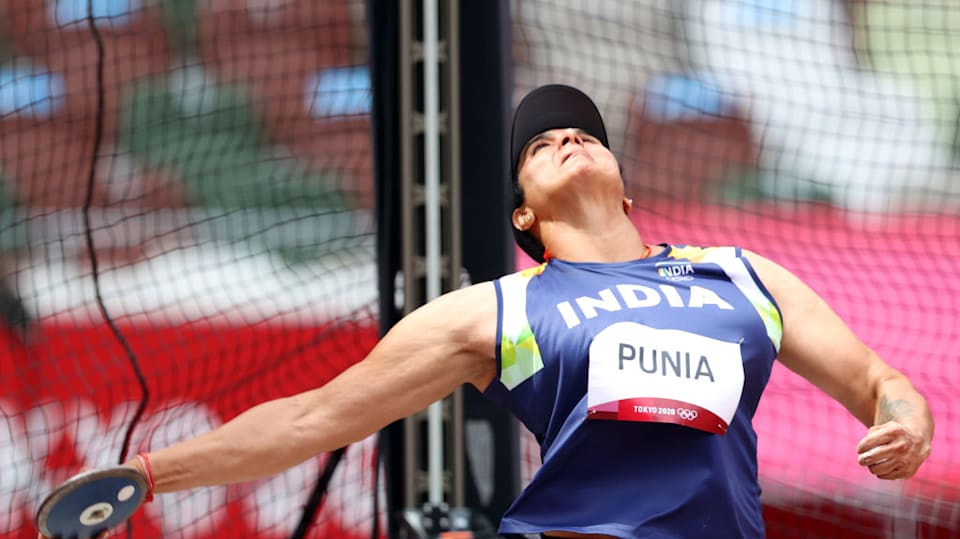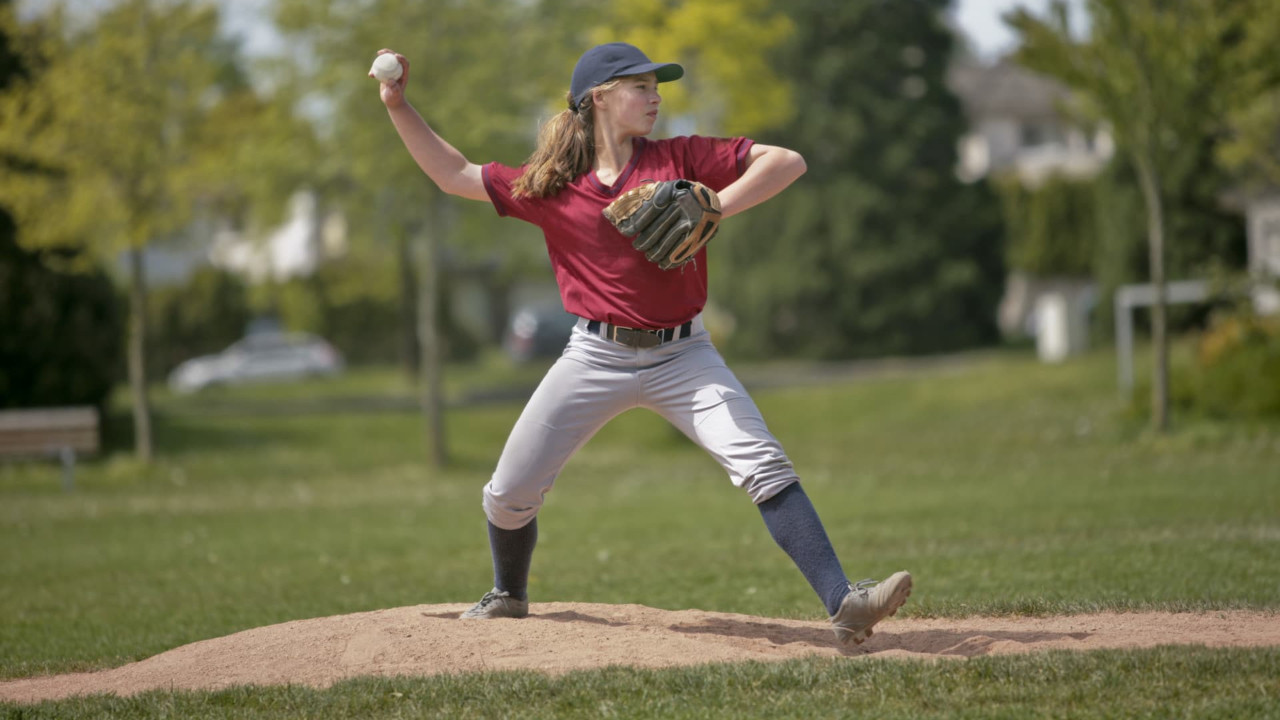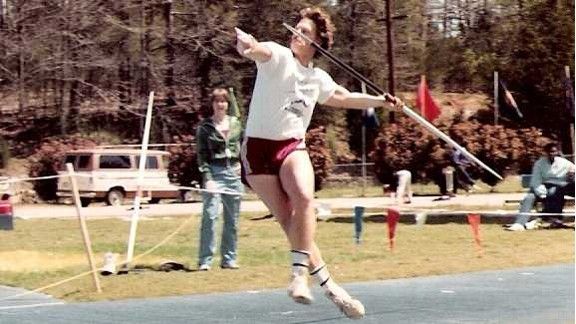Some Known Questions About 4throws.
Wiki Article
See This Report about 4throws
Table of Contents4throws for DummiesThe 8-Minute Rule for 4throwsThe smart Trick of 4throws That Nobody is Talking AboutWhat Does 4throws Do?What Does 4throws Mean?
Otherwise, the young bottles may be most likely to have elbow and shoulder injuries. It prevails for a train to "obtain" a bottle when the optimum number of pitches has actually been thrown or if the video game circumstance asks for a modification. If the pitcher proceeds to play in that game, he ought to be positioned at shortstop or third base where long hard throws are called for on a currently exhausted arm.This mix results in a lot of throws and raises their danger of injury - Javelins for sale. The most safe location is relocating to second or first base where the throws are much shorter and much less stress and anxiety is put on the arm. It is also crucial to know for how long to relax young bottles in order to enable the very best recovery between trips
Pitchers must likewise ice their shoulders and elbow joints for 20 minutes after tossing to promote healing. Some players may use more than one group in a period. This warrants very close attention to proper rest. Body and arm exhaustion change technicians and result in injury. When playing on several groups, take into consideration pitching on just one and playing an area placement on the other (not catcher).
Any person can throw a round "over-hand," however not everyone can do it well. While throwing a ball appears basic, it is in fact a complex set of motions. Exact pitching with pressure or rate requires the entire body and not just the shoulder and arm. Every component of the musculoskeletal system is essentially entailed.
Indicators on 4throws You Need To Know

(https://www.huntingnet.com/forum/members/4throwssale.html)The shoulder joint is included 3 bones, scapulae, clavicle and humerus. The head of the humerus hinges on the Glenoid fossa of the scapula where it articulates when the muscles of the shoulder contract to move the arm. The head is held "versus" the glenoid surface area by means of the 4 Potter's wheel Cuff (RTC) muscle mass, which act in unison and create a force couple when the arm is moved.
The further the shoulder can be on the surface turned while it is abducted, the greater the round can be tossed with force and rate, giving all other body parts and motions remain in synch. If any type of facet of these auto mechanics is "off," an injury can occur to the shoulder or arm joint that can lead to the lack of ability to throw a round.
It is the start of the tossing motion, preparing the "body parts" for the act of tossing a round. Movement occurs in the lower extremities and upper body where the large majority of "power" to toss a ball is produced.
Facts About 4throws Revealed
This shoulder position places the former top quadrant musculature on a "stretch" and prepares it to contract forcefully when the arm begins to progress in the following phase of the throwing activity. The body starts to move onward towards its target during this phase. The lead shoulder is guided at the target and the tossing arm remains to relocate right into severe outside turning.
When the ball is released, the posterior quadrant musculature starts to get eccentrically and violently to decrease and manage the rotational speed of the Humeral head. Theoretically, if the eccentric control of the Humeral head did not occur the arm would continue read this to rotate internally and "rotate" uncontrollable.
Rumored Buzz on 4throws
The amount of eccentric contractile force that happens can damage the posterior musculature if they are not trained properly. The final phase of throwing is the follow-through. This stage reduces all body activities and stops the forward activity of the body. The body comes to relax, and the muscular tissue activity returns to a peaceful state.
Tossing a sphere "over-hand" includes activity in all parts of the body. If the auto mechanics are carried out correctly, the ball can be tossed with terrific speed and accuracy. If the body is trained properly, the act of throwing can be performed repetitively without causing an injury to the throwing shoulder.

Paul Whatley, M.D. "When I was a youngster, baseball was only in the springtime and very early summer season, so kids had a lot of time to recuperate from any type of concerns credited to repetitive movements and anxiety," he claims. "Currently, in order to keep up with everybody else, there is intense stress for players to go from the spring period straight right into summertime 'All-Star' tournaments and displays, adhered to by 'Loss Round.' There can be really little time for the body to recuperate from a sporting activity where repeating is the vital to developing the muscular tissue memory for success.
Some Known Questions About 4throws.
When this movement is performed over and over at a high rate of rate, it puts considerable stress and anxiety on the growth areas of the arm joint and the anatomical framework of the shoulder, particularly in the late cocking and follow-through phases. As a result of this, a few of the most typical injuries seen in baseball gamers influence the shoulder and arm joint.Report this wiki page